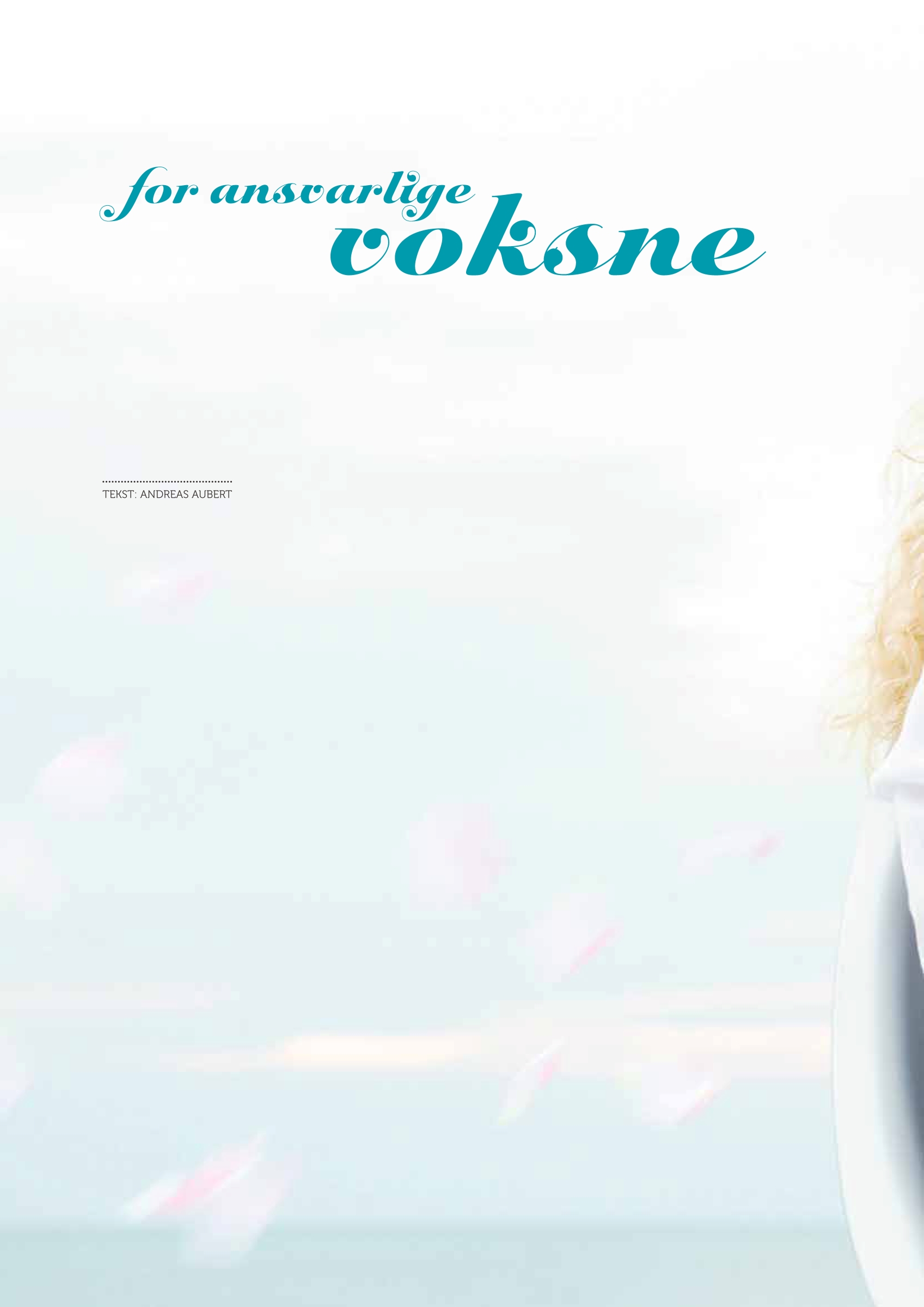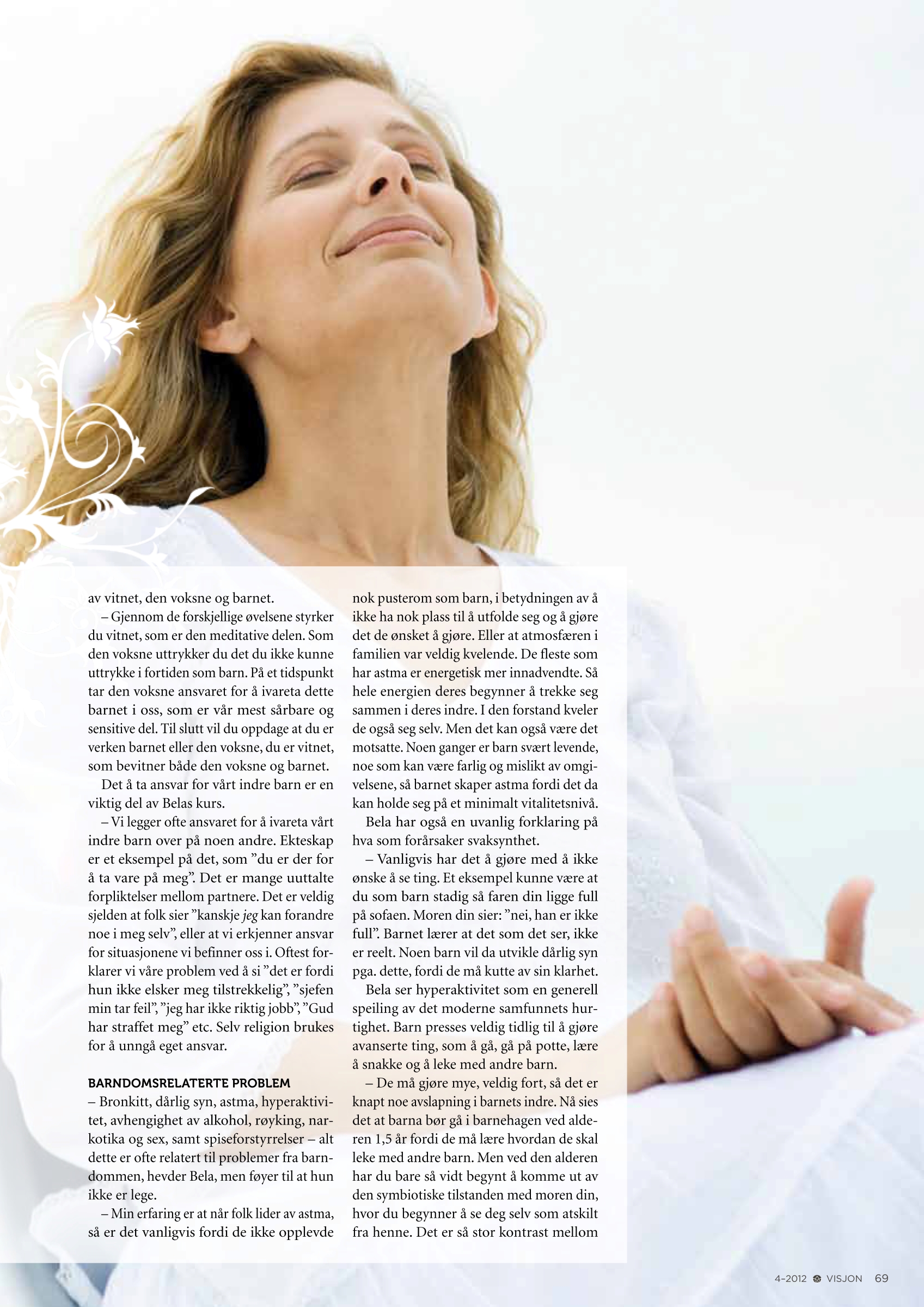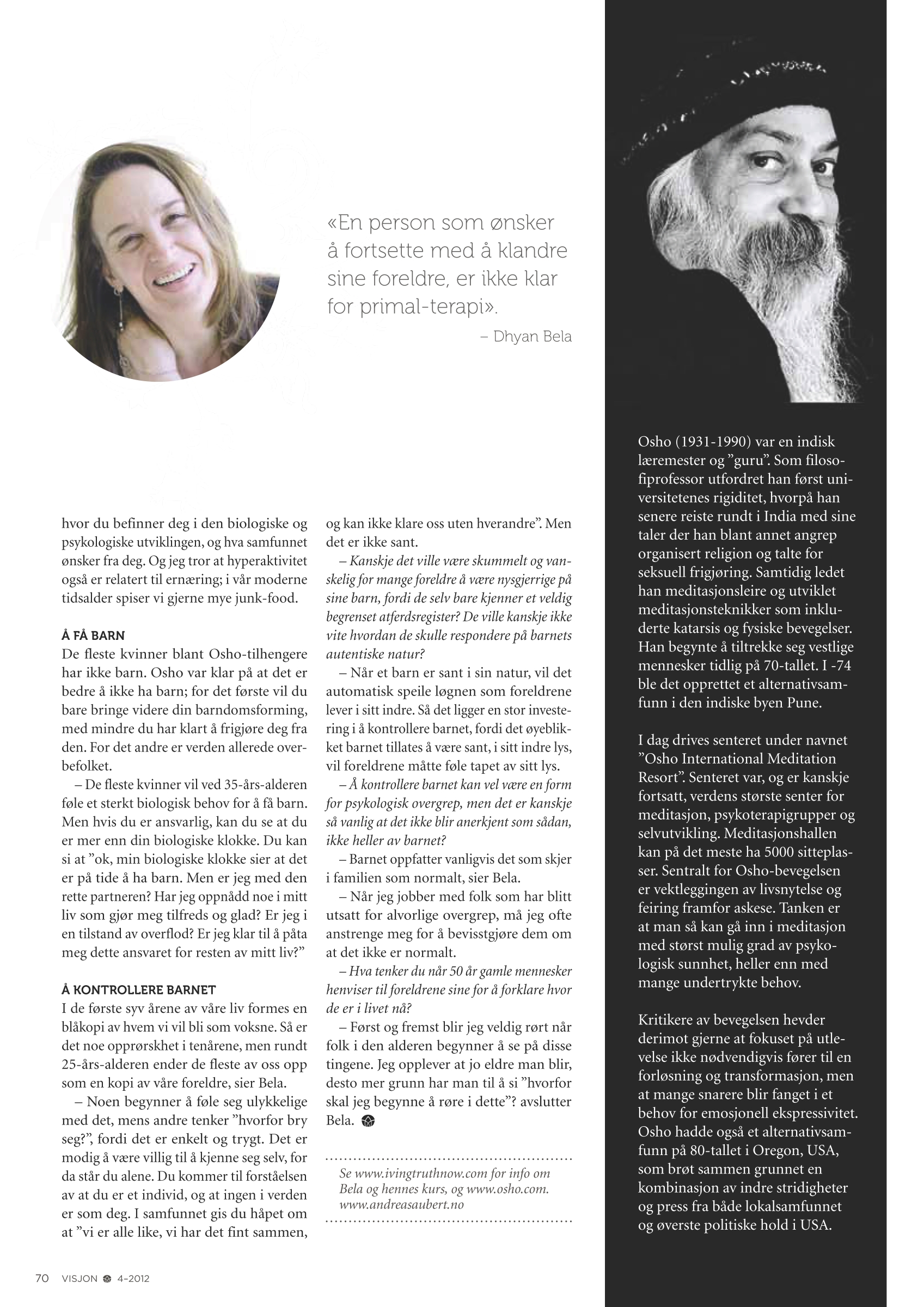Primal Therapy is not about blaming one’s parents, or to get lost in emotional drama. Its concern is to take responsibility for one’s life, says Dutch-born Dhyan Bela, who runs the eight day Primal Rebirth course at the Osho International Meditation Resort in India.
In Primal Therapy a safe environment is created where you are able to express things that you were not able to as a child – in example because you were too small and dependent on your parents.
– You connect with emotions such as sadness, anger and fear, related to painful situations in childhood, says Bela.
– As the adult you can then respond to childhood-memories in a way which gives you release from those emotions.
A person who wants to keep blaming her/his parents is not ready for Primal Therapy, she says.
– When we look into painful memories in Primal Therapy, we do it from an understanding that those issues are passed on to us from generation to generation, because nobody learned to take responsibility for their own life since that is not what society wants. People get children from a state of unawareness, and raise their children just the way they have been raised themselves.
From therapy to meditation
Primal Therapy was created by Arthur Janov. He is known for his book “The Primal Scream” from 1970, and John Lennon was one of his clients. Bela has been trained at the Aumm Institute in the Netherlands, by two sannyasins (disciples) of Osho. There is significant emphasis on meditation in her courses, which is not necessarily the case in other Primal Therapies.
– Osho is very clear that if therapy does not move into meditation, one can do therapy until one is 80 years old, and yet it will not help in the end.
Janov typically suggested a three week Primal Therapy Intensive, followed by 11 months of regular group attendance. Bela believes that when meditation is included, such long stretches of therapy are not necessary. She also thinks that therapies in the west, especially the more conventional forms, are mostly concerned with fitting the individual back into the model of society.
– The Osho-related therapies are more focused on transformation and the Being of the person. And being yourself, you might not necessarily fit into a 9-5 job or whatever else society wants. This therapy is done with an awareness that we do live in a society, but that is not the most important point.
Osho says that another kind of humanity is possible, if parents and society can leave a child alone for the first seven years of her/his life, and be there just as loving caretakers.
– In general, every child is most damaged for not being recognized for who she or he truly is. Parents have expectations, and rarely look at the child with curiosity and ask: “Who is this child?” They think they have to mold the child, give it education, and they rarely realize that their child also has something to teach them. We seldom look at the wisdom of children.
If parents are aware, they will take care of their own problems before considering having a child, she continues.
– The decision to have children should arise out of a feeling of abundance and happiness, which you would like to share with a family. How many children are born just because the woman feels lost and gets pregnant to keep the boyfriend close, or because she does not want to work anymore? Having a child is rarely considered as a gift.
The child, the adult and the witness
One of many tools in her course is the breathing technique called “rebirthing”, which involves breathing in a similar way to how babies are breathing right after birth. This session sometimes also includes a re-living of the birth process. The technique is a circular breathing with no gaps between the in and the out breath and the whole body is involved in the breathing process. This way of breathing brings more oxygen to the body, also to parts of the body which may usually not receive enough oxygen. This opens and activates the memory of the body.
– If people are traumatized, or are not able to remember what happened in childhood, the body still stores those memories. So this breathing is a beautiful way to deepen the primal work.
Janov says that talking therapy focuses mostly on the cerebral cortex, but usually the pain from past experiences is not really felt and can therefore also not be released, unless you access the nervous system. He therefore emphasizes physical techniques for that purpose. Bela stresses that her primal course also includes an intellectual understanding of the process. She works with the model of the witness, the adult and the child.
– During the various exercises you strengthen the witness, which is the meditative part.
As the adult you express what you could not do in the past as a child. And the adult, at a certain moment, takes the responsibility to take care of this child inside us, which is our most vulnerable and sensitive part. In the end you will discover that you are neither the child nor the adult, you are the witness, witnessing both the adult and the child.
This reclaiming of responsibility for our inner child is an important part of her course.
– We often put the responsibility of taking care of our inner child on someone else. Marriage is often an example of that, as in “you are there to take care of me.” There are many unspoken commitments between lovers. It is very rare that people say “maybe I can change something in me”, or we claim responsibility for the situations we are in. Mostly we explain our problems by saying “it is because she does not love me enough” or “my boss is not right” or “I am in the wrong job”, “God punished me” and so on. Religion itself is used to avoid self-responsibility.
Childhood-related physical problems
– Bronchitis, bad eyesight, asthma, hyperactivity, addictions to alcohol, smoking, food, drugs and sex, all these are often related to childhood issues, claims Bela, but stresses that she is not a doctor.
– My experience is that when people suffer from asthma, it is usually because they did not feel enough space to breathe as a child, in the sense of not having enough space to unfold and do what they wanted to do. Or the environment in the family was very suffocating. Most people who have asthma are energetically more introvert. So the whole energy starts contracting inside. In that sense they also suffocate themselves. But it can also be the other way around; sometimes a child is very alive, which might be dangerous or disliked by its surroundings, so it creates asthma because then it can keep itself on a minimum level of vitality.
– What about bad eyesight?
– It mostly has something to do with not wanting to see things. An example could be that as a child you see your father lying drunk on the couch every day. Your mother says “no, he is not drunk”. The child learns that what it sees is not true. Some children will develop bad eyesight out of this, because they need to cut off their clarity.
She sees hyperactivity as a general reflection of the speediness of modern society. Children are pushed quite early to do advanced things, like walking, potty-training, learning to talk and to play with other children.
– They need to do a lot, very fast, so there is hardly any relaxation in the system of a child. Nowadays they say that at the age of 1.5 years, children need to go to the nursery, because they need to learn how to play with other children. But at that age you are just starting to come out of the symbiotic phase with your mother, where you start to see yourself as separate from her. There is such a big contrast in where you are at from the biological and psychological side of development, and what society wants from you. And I believe hyperactivity is also related to the way we nourish ourselves; in this modern time we tend to eat lots of junk foods.
You are not your biological clock
Most women among Osho sannyasins do not have children. Osho is clear that it is better not to have children, on two counts. One, you will only pass on your conditionings unless you have made yourself free of them. Secondly, the world is already over-populated.
– Most women will by the age of 35 feel a strong biological need to have a child. But being responsible, you see that you are more than your biological clock. You can say that “Ok, my biological clock says it is about time to have children. But am I with the right partner? Have I accomplished something in my life which makes me fulfilled and happy? Am I in a space of abundance? Am I ready to take this responsibility for the rest of my life?”
– Responsibility is something only an adult can take. The mother herself is often very much identified with her inner child and childish behavior. Mostly it is like “everybody has this, so I need to have it too”. Which is maybe ok if we talk about objects, but we are talking here of a living being. It usually does not work out well, when children are born just because the biological clock of their mother was ticking. Also, the people who have the most children are usually the ones who are the least educated. They are their biological clock. If you have more awareness, you can differentiate and say “my present situation does not allow me to have a child. I can regret, mourn and grieve about the fact that I was not ready when my biological clock was ticking, but this is how it is.”
Controlling the child
In the first seven years of our lives, a blueprint is created for who we will become as adults. Then there is some rebelliousness in teenage years, but around the age of 25 most of us ends up as a copy of our parents, says Bela.
– Some people start to feel unhappy with that, and some think “why bother”, because it is not too bad. But life becomes very boring then. There is no excitement, but it is known, easy and safe. It is quite courageous to be willing to know yourself, because it automatically means you are alone. You come to an understanding that you are an individual, and that no one in the world is like you. In society, you are given a hope that “we are all the same, we are nicely together, and we can’t do without each other.” But it is not true.
– Maybe it would be scary and difficult for many parents to be curious about their child, because they themselves know only a very limited way of behavior. They would perhaps not know how to respond to the child’s authentic nature?
– As a child is true in its nature, that automatically reflects the lie that the parents live inside. So there is a big investment in controlling the child, because the moment the child is allowed to be true, in her/his inner light, the parents have to feel the loss of their light.
– To control the child is a form of psychological abuse, but it is perhaps so common that it is not acknowledged as such, even by the child?
– The child usually perceives whatever happens in the family as normal. When I work with people who have been severely abused, I often have to make an effort to make them aware that it is not normal.
– If 50 year old people refer to their parents to explain where they are at in their life now, how do you feel about that?
– I am mostly very touched when people of that age start to look at those things. What I sense is that the older you get, there is more reason to say “why stir up all those things?”, Bela ends.
See livingtruthnow.com for info on Bela and her courses, and osho.com/multiversity
andreas.aubert@gmail.com, www.andreasaubert.no
Published in VISJON Magazine April-2012 – www.altnett.no
(Biggest Holistic Magazine in Norway)



